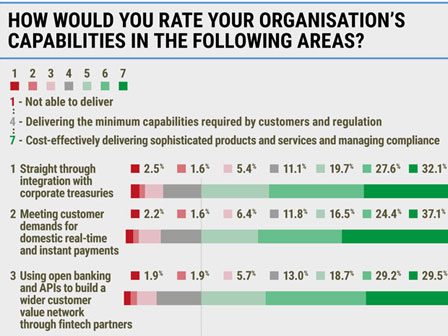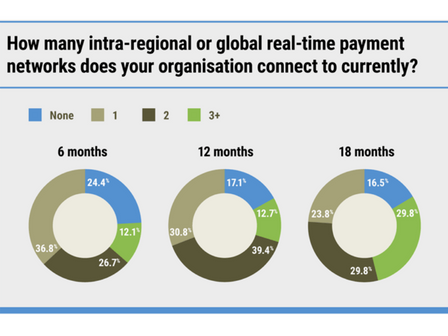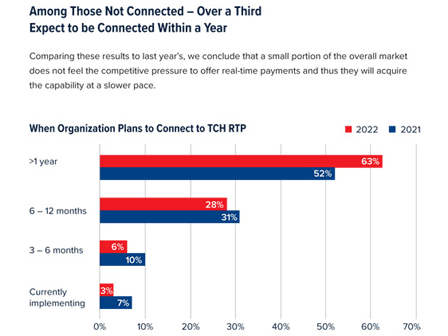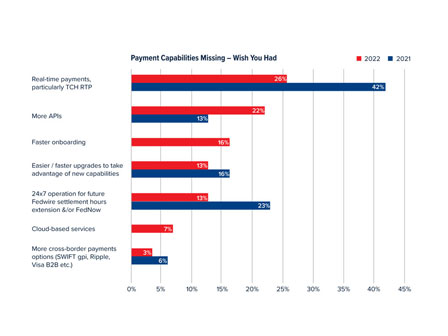As global efforts toward payments modernization continue to ramp up, Volante has been hard at work tracking the evolution of various trends in the international payments landscape. For our latest round of research, Volante teamed up with Finextra during the first half of 2022 to conduct a “Big” survey on all things payments modernization, targeting a wide range of banks, financial institutions, and other active participants in the global payments ecosystem.
In part one of this two-part blog series, we’ll highlight some key insights revealed about the current state of readiness among financial institutions, as well as their evolving plans and priorities.
Progress is Gradual, But Confidence is Rising
Payments modernization as we define it is an incredibly complex transformation, and one that will require time and effort to accomplish on a global scale. At a glance, it will involve the successful integration of real-time capabilities for all payments settlement, 24X7 availability, interoperability across infrastructures and borders, and API enablement. This also includes embracing the ISO 20022 open standard, not only to achieve compliance, but to realize the myriad benefits of a common model and language for payment messaging, such as increased efficiency, richer data, and the opportunity to introduce new products and services through cloud-based and as-a-service delivery models.
In short, modernization is no small feat, but confidence in certain areas seems to be rising despite inevitable and persistent challenges. For example, more than half of respondents (61.5%) said they were confident in their current ability to meet customer demands. And while 25% admitted their existing capabilities surrounding ISO 20022 compliance were only meeting the minimum standard requirements or worse, that number has come down by nearly 10% since last year’s survey.
As far as areas that could still use significant improvement, institutions remain less than confident in their ability to bring new in-house products and services to market quickly, with 9% stating they are achieving below the minimum required standard. Additionally, 11.5% of respondents continue to struggle with connectivity to next-generation payments networks outside of SWIFT, and have yet to achieve the minimum required capabilities in this area.
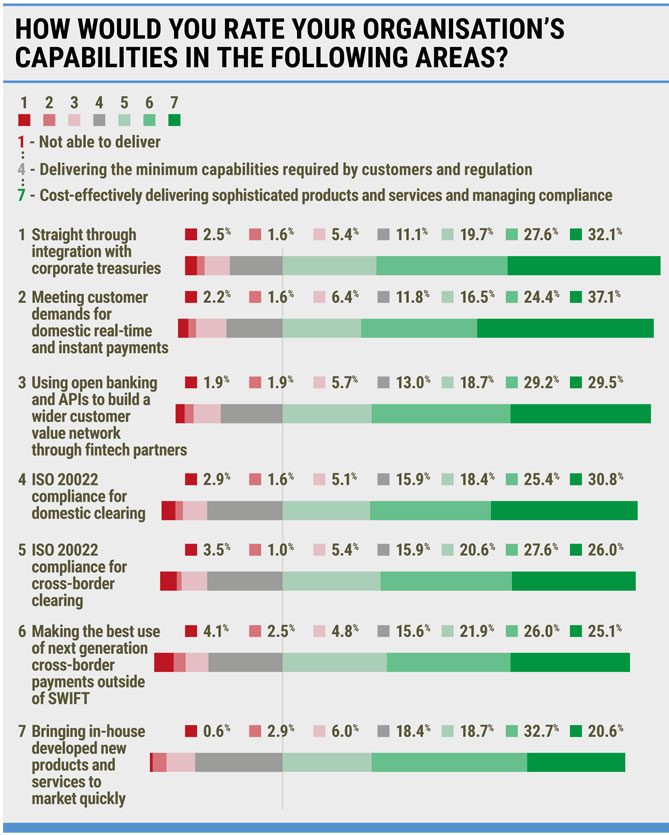
Key Drivers of Investment in Modernization Are Shifting
As new technological capabilities, regulations, and customer demands have emerged, the motivations behind payment modernization initiatives also seem to have shifted in response. In particular, banks may be reacting directly to the specific pain points outlined by their customer bases, the most prevalent of which include the cost of payment processing, access to real-time or intraday liquidity management, and the efficiency of cross-border transactions.
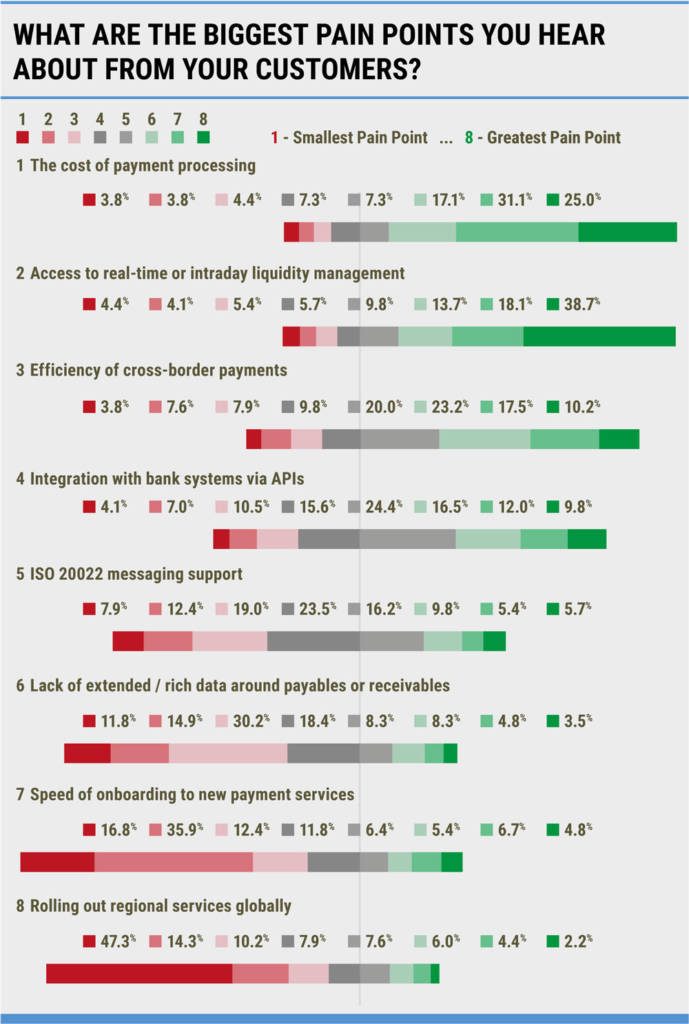
More specifically, we found a meaningful correlation between these pain points and what banks claim as the key requirements of their modernization initiatives. For example, when asked what was the most important business case for modernizing payments, 47% said reducing maintenance cost and complexity was their number one requirement. This is a 37% jump compared to the mere 10% of respondents who ranked this as their top requirement in last year’s survey.
Similarly, while last year’s survey revealed “keeping up with competitor offerings” to be the second most important requirement for modernization at 22% of respondents, that number is now down by nearly 15%. Instead, this year’s respondents ranked improving the ability to provide value-added services in second place, followed by improving the ability to meet customer demands.
At the very least, these results point to a global payments industry that is increasingly interested in taking a customer-driven approach to modernization, even if the correlation isn’t exactly air-tight. Notably, while institutions cited cross-border payment efficiency as the third-greatest pain point among customers, this requirement came in second to last in terms of reasons for investing in modernization. However, it remains unclear whether institutions merely find cross-border efficiency as less attractive when compared to the ability to cut costs and create new streams of revenue, or simply take it for granted as an inevitable byproduct of their broader payments modernization efforts.
In part two of this blog series, we’ll explore some additional key takeaways from the survey, including how institutions are responding to critical interoperability challenges, as well as the increasing role of cloud and PaaS solutions in accelerating global payments modernization.


